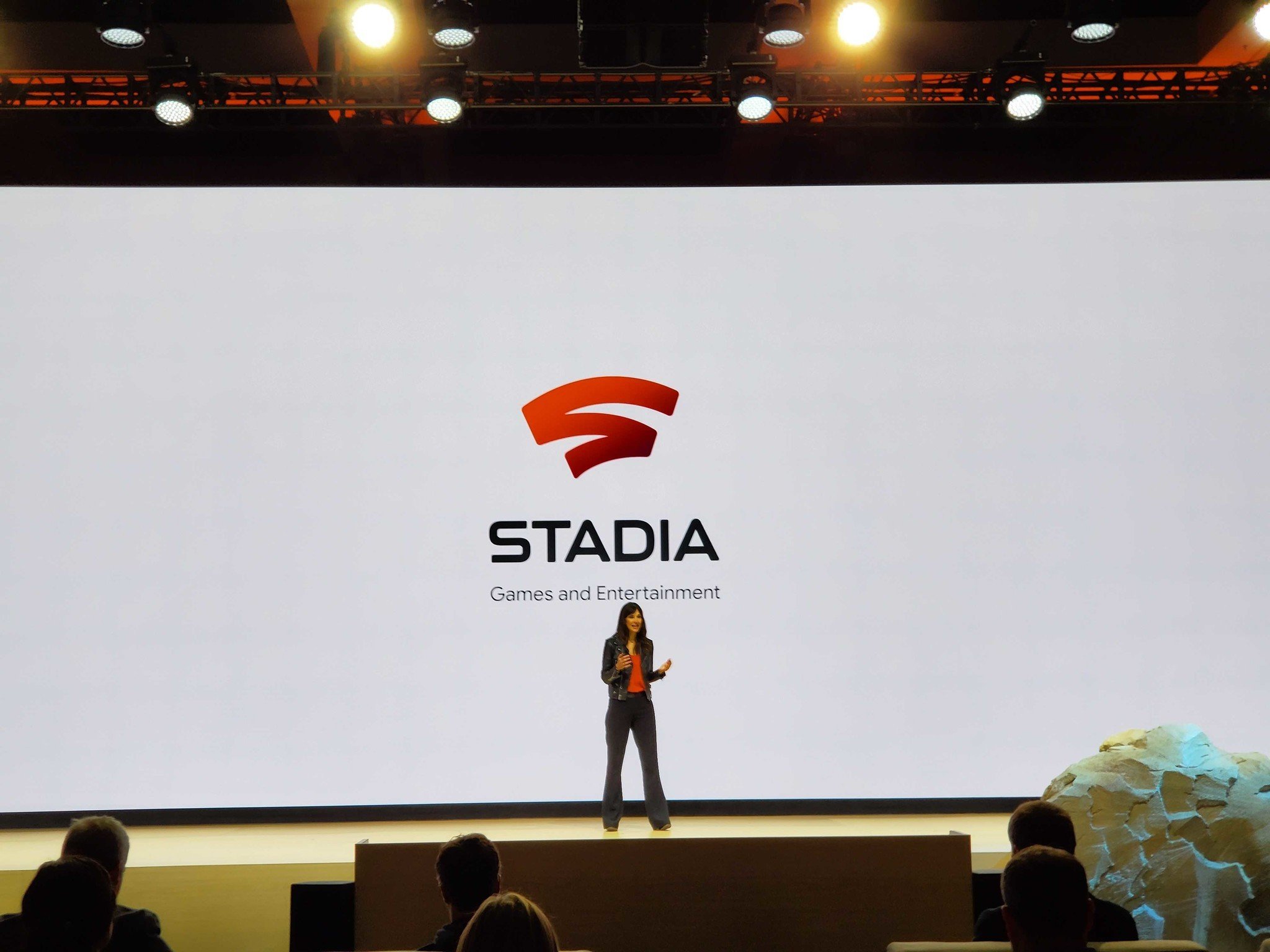If things play out in just the right way, Sony and Microsoft have some real competition to deal with. If not, it'll still be fun to try and break.
Once upon a time, there was this small-form-factor PC you could buy called a SteamBox. It was designed to hook up to your television and give you access to the almost 40,000 games at Valve's Steam storefront.
I bought a SteamBox. It worked surprisingly well until I bricked it trying to install Windows 7.
After several reinventions and a revolving door of partners, the only way to find a SteamBox today is looking for a very overpriced used model on eBay or Amazon. It was a shame, really, because the idea was a good one — an inexpensive way to get Steam into your living room. All Valve needed was a partner with deep pockets and that wasn't afraid to keep dipping into them.
Hello there, Google.
That's the first thing I thought of when it was revealed that Google might be trying to work with Valve to build a native Chrome OS Steam client. You can install Steam on almost any Chrome OS device right now if you care to enable Linux apps, but the experience is really bad. And Google has already shown that it is working on things that can make that experience so much better.
All about the hardware
There are a lot of Chromebooks and Chromeboxes and Chromebits and what-nots out in the wild, but almost all of them are lower spec cheaper models. You can install Steam on most of those, too, but the experience is even worse than it is on something more powerful. That's what Google needs to make better.
More: Installing Linux applications on your Chromebook is easier than you think
You do that by enabling hardware acceleration while running Linux applications. Google is already working on this, because it really wants GPU acceleration and an Android Virtual Machine that's worth a damn to run in the Linux version of Android Studio on Chrome.
Google needs to get hardware acceleration working in Linux apps for Chrome if it wants developers to actually use it.
Once that happens, better GPUs need to appear that don't drive the price up too much. Someone would probably spend an extra $50-$75 on a Chromebook if it could better play Steam games, but only the dedicated (or foolhardy?) are willing to spend $1,000 or more on a Chromebook. That's happening, too, thanks to a collaboration with AMD.
The AMD APU (Application Processing Unit) isn't that different from Intel's CPU (Central Processing Unit) but it does sacrifice a bit of computing power in exchange for better graphics performance. But only if it's supported.
The Radeon R4 isn't a barn-burning GPU, but it's a lot better than no GPU at all.
It's supported when using Chrome OS natively and you can buy a Chromebook with an AMD A-series APU and Radeon R4 graphics right now from Acer.
With a little help from Valve — who would love to find more ways to get Steam into more products — it's not hard to see a version of Steam you can download and install on your Chromebook or Chromebox without enabling anything extra. With support for decent GPU acceleration, most of Steam's Linux games would be at least playable if not great. Great requires work from the actual game developers, as we have seen from Stadia.
Speaking of Stadia...
What about that whole cloud gaming thing?
Steam is like the total opposite of Google Stadia.
Google is a cloud company and wants nothing more than for you to store all your data in its cloud where it can anonymize and analyze it to death. Nerds gonna nerd — especially when it makes billions of dollars. But what's wrong with doing two things at once?
Steam is what Stadia would be if we were in Bizarro World.
Google and Valve working together could data-mine so much more than Google can alone through Stadia. Users who want to download a copy of a game they have bought could do so through Steam. ISP's who limit your monthly data because they are greedy/evil/both (I'm looking at you, Comcast) aren't a problem if you're not streaming your games and eating it all up the first week of the month.
More: Can I play Stadia on my Chromebook?
Putting Steam games on Chromebooks and Chromeboxes means everyone wins, most of all Google and Valve, which means that both have the incentive to do it.
Maybe I'm wondering aloud or having a flashback that's making me think all looney. But maybe I'm right, too. If anything at all happens that makes it easier for me to play AAA games on the laptop I already love or a cheap console without a Sony or Microsoft label on the back, I'm all for it.
If it half works, I'm happy. If it lets me stream Skyrim, look out, Twitch.
Make it so I can play Skyrim on a Chromebox and I'll live stream it all day, every day, and become one of those famous Twitch streamers who make lots of money to spend on buying more games.
What? A man can dream.
Better graphics
Acer 315 Chromebook
APU-tastic for better gaming (in the future).
The dual-core AMD APU in Acer's Chromebook 315 gives you the Chromebook experience you already know and love along with a real Radeon R4 GPU. Too bad it isn't supported properly when running Linux apps on it — yet.
from Android Central - Android Forums, News, Reviews, Help and Android Wallpapers https://ift.tt/2sAu6T1
via IFTTT




No comments:
Post a Comment